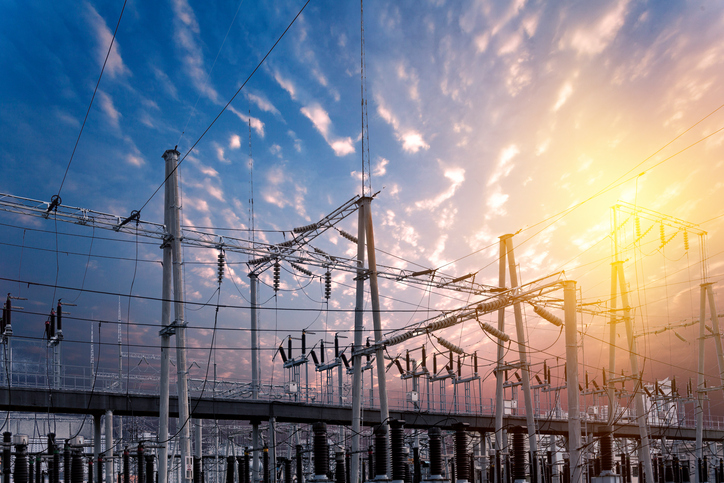Mr. Newsom, a Democrat, discussed the idea at a meeting with legislative leaders and analysts from S&P Global Ratings in his office last week, according to people with knowledge of the meeting.
The state’s largest utility, PG&E Corp., filed for bankruptcy protection in January after struggling with billions of dollars in potential liabilities from its role in igniting wildfires. California legislators are considering ideas such as a wildfire fund and allowing utilities to issue more debt to cover wildfire costs.
At the meeting, Mr. Newsom told S&P’s analysts that he is considering a new president of the Public Utilities Commission, which regulates state utilities, and that a plan for an overhaul of the agency could come in a matter of weeks, one of the people familiar with the meeting said.
The PUC has faced pressure to better monitor the safety practices of utilities. A transmission line on which PG&E repeatedly delayed safety improvements is a prime suspect in causing last year’s Camp Fire, which killed 85 people and was the deadliest in state history, The Wall Street Journal has reported.
The PUC’s president, Michael Picker, has faced criticism from some lawmakers and critics in the wake of the wildfires for not taking faster action to protect public safety.
Mr. Picker told lawmakers during a hearing in Sacramento Jan. 30 that the state was not prepared for the “enormity” of the wildfire problem. To that, one lawmaker, Assemblyman Jim Wood, said on Twitter that Mr. Picker’s comments did not reflect a “sense of urgency.”
S&P stated that it could downgrade the state’s other investor-owned utilities, Southern California Edison Co. and San Diego Gas & Electric Co., to junk status by the start of wildfire season in early June if lawmakers or regulators didn’t take “concrete steps” to limit the risk to utilities under the state’s current regulatory framework, according to a Feb. 19 report by the ratings agency. S&P and Moody’s Investors Service have both already moved the utilities’ ratings closer to junk.
The governor has given his team until April 12 to come up with a plan to address PG&E and the other utilities, which could occur within the federal bankruptcy court process as well as through regulatory and legislative changes.
An S&P downgrade to junk could lead to higher borrowing costs for the utilities as well as more expensive contracts with power suppliers and vendors. Given the constant need for utilities to borrow money, persistently sub-investment-grade electricity providers are rare around the world and practically nonexistent in the U.S., investors and analysts said.
Among the ideas under discussion is legislation by Assemblyman Chad Mayes, who met individually with S&P analysts last week. Mr. Mayes said he discussed his bill that would create a wildfire fund to be used by utilities that face liability from catastrophic events.
“This is fixable by making sure that there is a backstop to this liability,” he said.
All such ideas would be decided after a wildfire commission created last year reports recommendations to the state Legislature later this year, said Chris Holden, chairman of the Assembly Utilities and Energy Committee, who also met with S&P analysts last week.
Those ideas include allowing the utilities to securitize costs related to last year’s devastating fires, Mr. Holden said. Prior legislation allowing utilities to take such steps didn’t cover 2018.
Legislators may also consider changes to a state liability rule that allows compensation for property damage caused by government entities or state actors, Mr. Holden said. The provision in the California Constitution, known as inverse condemnation, puts utilities on the hook for fires sparked by its equipment.













